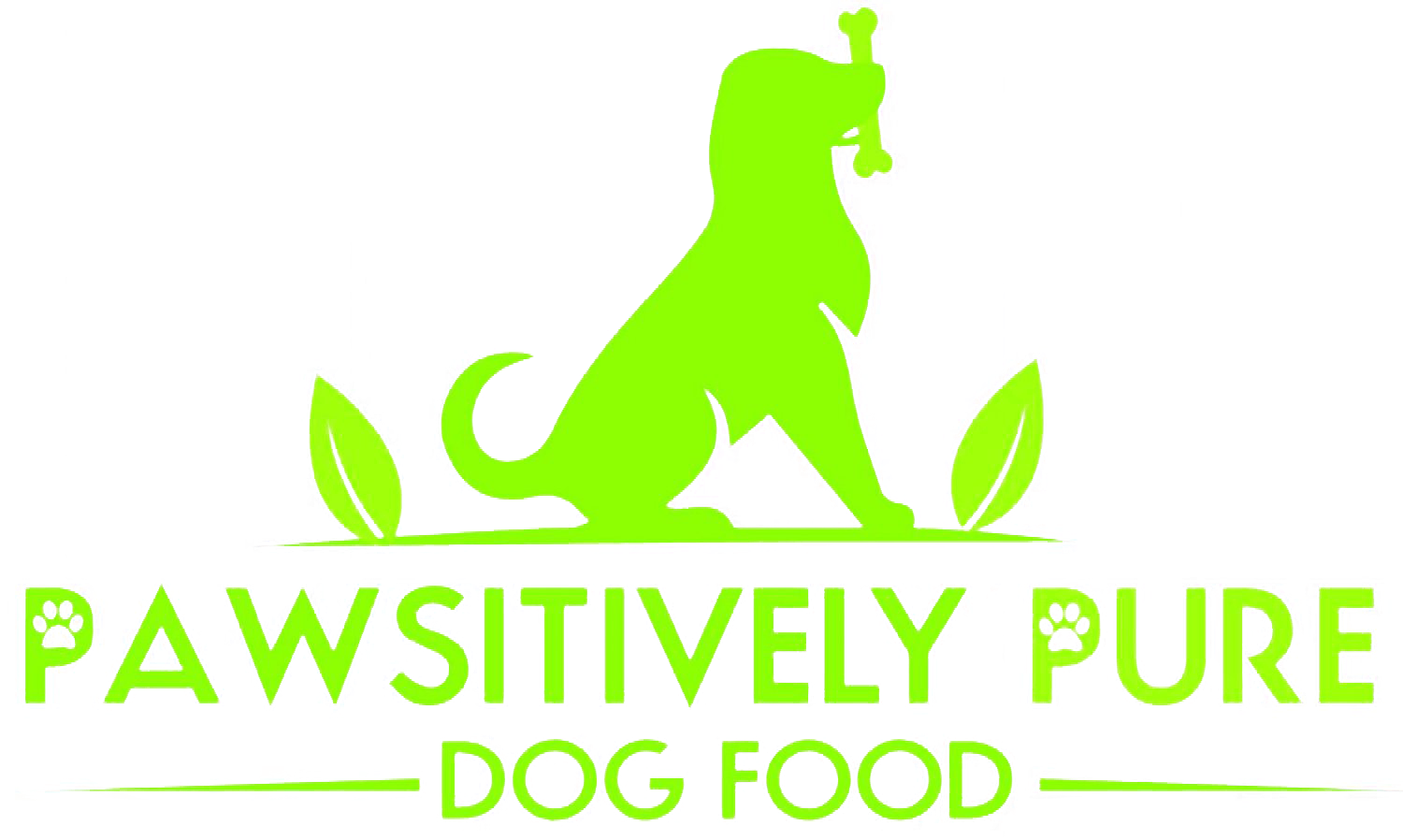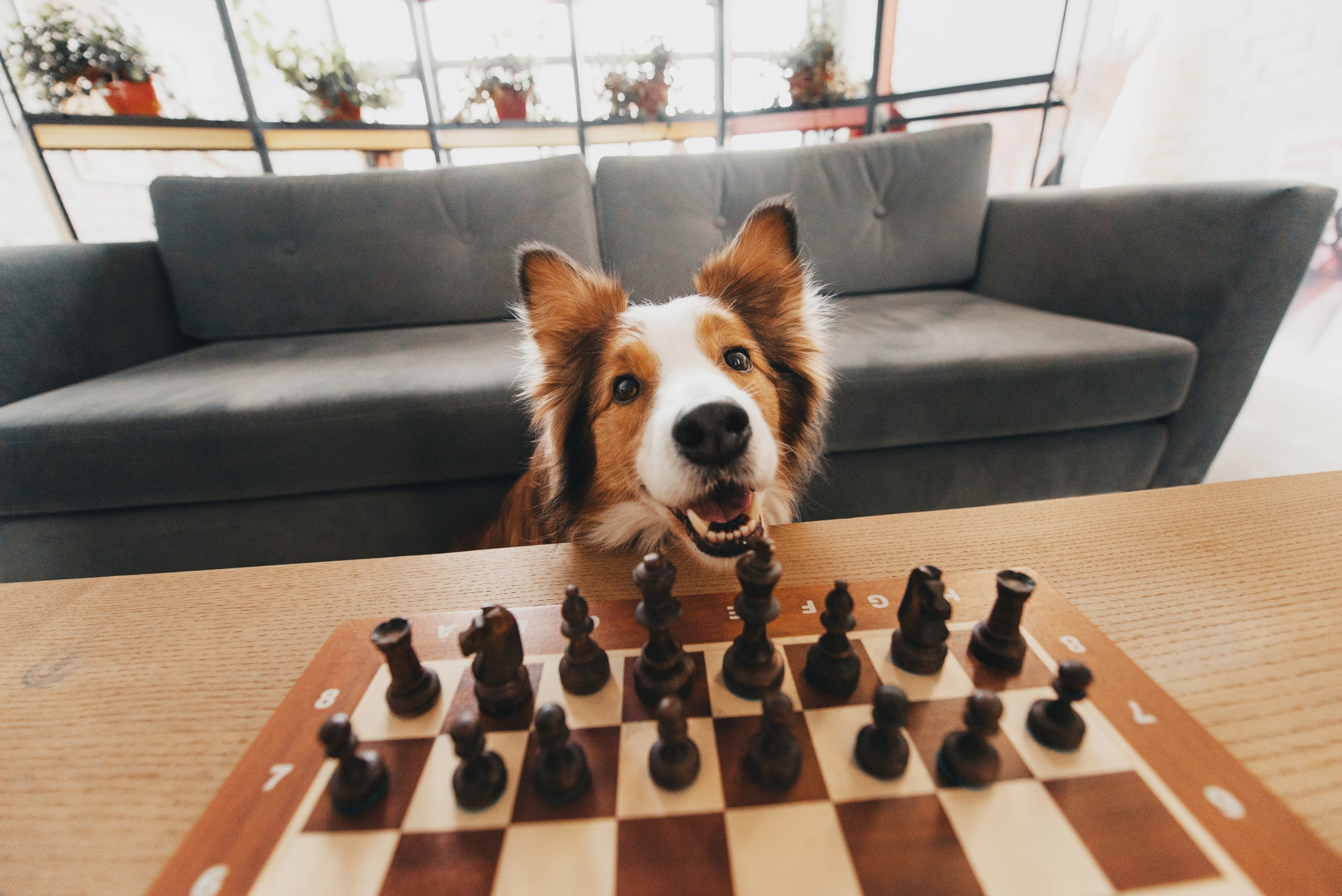More Than Just a Beauty Treatment
There’s no way around it–dogs tend to get stinky sometimes. Between all the slobbery kisses, messy treats, and rolling around in dirt and mud outside, our dogs can get downright dirty over time. While you shouldn’t bathe your dog as often as you bathe yourself–experts recommend one weekly bath at the maximum unless otherwise directed by a vet–regularly shampooing and brushing your dogs can help keep the odors at bay. But did you know that regular grooming is an important part of your dogs’ overall health?
While you can invest in professional grooming, which is especially helpful if your dog’s fur tends to get knotty or matted, there are a number of beneficial grooming tasks you can knock out from the comfort of your own home. Your dogs may not be the biggest fans of bath time at the start, but with time, consistency, and practice, your grooming tasks will become easier and you’ll be able to keep your dogs fresh and clean.
Why is Grooming Important?
Just like a spa day makes us feel good when we’re rejuvenated and refreshed, regular grooming treatments can help our dogs feel good and maintain their quality of life. First and foremost, grooming can help you detect and prevent a whole host of health issues. When you brush your dog’s coat, you’ll have the opportunity to uncover any fleas, ticks, lumps, bumps, and scabs that may be present. Taking the time to assess your dog’s skin and coat condition can help you stop infections and infestations before they start.
Grooming also just plain feels good–when it’s done, at least. Mats, knots, and burrs can be uncomfortable for your dogs and can even cause ulcers if they put pressure on your dog’s body. Dog fur also tends to collect irritants and harmful chemicals from the environment since they’re so close to the ground. Regular brushing allows you to work out any knots that are forming and helps wick away the dirt and grime from the outside world. It also helps remove your dog’s undercoat so they don’t get too hot when they play.
What’s more, grooming is a great opportunity for you and your dog to bond. Grooming involves a lot of trust between you and your dog: working out knots and bathing can be a bad experience if your dog is anxious. However, gentle introductions to the brush, the bath, and the nail clippers will help your dog become accustomed to these tasks and boost their confidence that you will continue to be gentle and loving with your care.
Finally, regular grooming may actually help improve your dog’s sociability and confidence around other humans. People are more likely to gravitate towards clean dogs that smell good instead of grungy, greasy, matted pups. Your dog may notice the increase in attention and positive reinforcement when they’re clean and seek out further opportunities to interact with happy humans.
Grooming Tasks to Try at Home
Incorporate some of these grooming tasks into your dog routine between your professional grooming sessions!
Bath Time
Bath time is the big one! Some dogs love splashing around in the soapy suds, but other dogs may be more wary. To make your dog as comfortable as possible, fill your tub or sink with just a few inches of lukewarm water. Whether you use a hose or a cup to wet your dog’s coat, avoid drenching their sensitive eyes, ears, and nose. Incorporate a gentle massage with your shampooing and make sure you get them clean from head to tail. When you’re finished, towel your dog dry; some dogs may not like the noise and heat that hair dryers make, so introduce that slowly if at all.
For the dogs that are most reluctant to get a good scrub, be sure to have a handful of tasty, healthy treats nearby to encourage their cooperation and reduce their anxiety!
Brushing
How you approach brushing largely depends on the type of coat your dog has. If your dog has a short coat, you’re in luck–these are the easiest to care for! The ASPCA recommends starting with a rubber brush to loosen any excess fur, and then brush it all away with a bristle brush. Longer coats, however, require more frequent brushing. Slicker brushes are great to help get rid of undercoats and knots for dogs with longer fur. You can also use a comb on their tails and the longer areas of their coats. Whatever method you choose, gentleness is the name of the game. Tugging and yanking on knotted fur can hurt and make your dog reluctant to sit for future brushing.
Eye Cleaning
Your dog’s eyes are just as sensitive as your eyes! You may notice that dark streaks and gunk tend to collect around your dog’s tear ducts, especially if your dog has white fur. Regular, gentle cleaning of the eye area can not only reduce the appearance of these streaks, but also help protect your dog from infections from built-up gunk and debris. You can simply use a moistened cotton pad to clear the eye area, but take extra care not to come in contact with their eyeballs.
Check the Ears
If your dog has floppy ears, you may have noticed their proclivity toward getting ear infections. This is because the shielded ear canal makes a warm, dark environment for bacteria and other microorganisms to grow. Take a peek into your dog’s ears and look for earwax and buildup. Your vet should be able to recommend their favorite ear rinsing products. Never, ever poke deep into your dog’s ear canals! Your cleaning should only go as far as their outer ear folds.
Nail and Paw Care
A quick note of caution: it may be beneficial to get some expert guidance before you clip your dog’s nails for the first time. Cutting them too short can cause your dog to bleed and be in distress. However, regular, safe trimming can help your dog continue to move comfortably and even avoid joint pain and future arthritis. While you’re at it, check the spaces between your dog’s paw pads for burrs, debris, or inflammation. Bright pink, smelly paws may be a sign of a fungal infection. Since your dogs’ paws are in constant contact with dirt, concrete, and other rough surfaces, using a healthy and soothing paw balm can give your dog a lot of relief.
Grooming is Great for Everyone
If you’re new to grooming at home, don’t worry! Practice and gradual introductions can help both you and your dog become more comfortable with grooming overall. Your dog’s skin and coat is their ultimate protective barrier against parasites and infection, so keeping them clean and fresh is crucial for their overall health. To learn more or to order our organic paw balm, browse through our website today!





